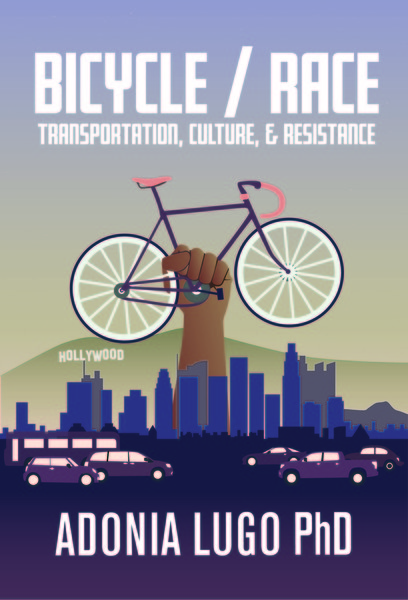I left the house, the bus was late, the sky did its drizzly thing. I felt glum. Then, as we passed through Belltown, this funny thing started happening where people seemed to freeze for a moment while I peered at them through the bus window. It's like all of a sudden I could see how 3D their lives were, how ridiculous and amazing it is that so many people can be doing so many things as part of so many trajectories as we all pass through the same shared spaces. Seattle felt like a city.
Two teenage girls stood on a corner, one was dressed like the quirky character from an 80s teen movie, and she was pulling it off. A heavily made up blonde fed the electronic parking meter. A man jogged past, his craggy, dark face showing age and concern. A long, tall, gray haired woman took a smoke break outside a comic book store. I saw two different dudes ask a younger man for a cigarette, and knew from his gestures that the one on his lip was his last.
By the time I got off the bus, I felt glad to be joining in the fray, the bustle, of a downtown district at lunchtime. I was on my way to see my friend James Rojas (here's a piece LA scholar-activist Gilda Haas wrote about him last year) lead a workshop with some local kids. In James' workshops you use your hands to create your ideal city; he gives you many, many bits and pieces to choose from as materials, and asks you to tap into that knowledge you didn't know you had about what makes city life happy.
Today he'd be working with students at the Academy for Latinos Achieving Success (ALAS), a science and math educational program sponsored by the Latino community education nonprofit Campaña Quetzal. I got there just before things got going and met all the dedicated and creative adults who were making this thing happen. Once all the kids had a space at the table, James dumped out a big box of curlers, plastic Easter eggs, mismatched toys, farm animals, basically plastic pieces of every shape and color. The students spent a while building their cities, and then James asked them to tell us about them. Several of the kids spoke Spanish more comfortably than English, so we all listened in two languages while they explained their cities. One boy built "Ciudad Desconocida" (the Unknown City). Another built "Museum City," perhaps inspired by their recent trip to the Burke Museum at the University of Washington. "Green Lake City" also appeared, I'm guessing because that kid had visited Green Lake, which is a freshwater pond with a bike/ped path encircling it in north Seattle. The cities featured skyscrapers and parks, and, in most cases, freeways.
Like many cities, Seattle seems cut in two by a freeway. I say "seems," because I know of many crossing points that should make the freeway less of a barrier, but I still I avoid walks that would make me cross it. Walking across the freeway means passing above a thunderous flow for a few blocks, trudging through a non-place like a non-person. I'd rather take the bus. The moral of the story is that I-5 is loud and wide, very present, and these kids could not imagine a city without it.
As an urban planner, Latino urbanist, and public artist, James does workshops with a variety of groups. He facilitated one for CicLAvia in 2009, when we were still trying to convince people that a ciclovía would make LA feel great. This summer he's been working primarily with kids, most of whom he says have probably "never read a book or seen a map about their respective cities but have a great deal of intuitive knowledge." It's accessing this "intuitive knowledge" that makes me so excited about James' work. My dissertation fieldwork has been about how our bodies experience and create different landscapes through walking, biking, and driving, and how these differences can be so hard to point out because we don't talk about them, we just live them. James says that kids "walk, see, smell, touch and feel. Their whole body becomes a learning tool to understand the landscape," but without being asked to articulate this expertise, they may not understand the connections between their own actions and the shape of the city around them. James contends that "through play, they can tap into their knowledge and are empowered to change their environment." By the time the ALAS students had finished adding ideas to the large model of Seattle they'd created with James, they had been shown that our city is what we make it.
It made me feel more at home in Seattle to see one of the people who made my LA great in action up here. When I left the workshop, the sun had come out, if only temporarily. I rode the bus across the freeway to Capitol Hill.

